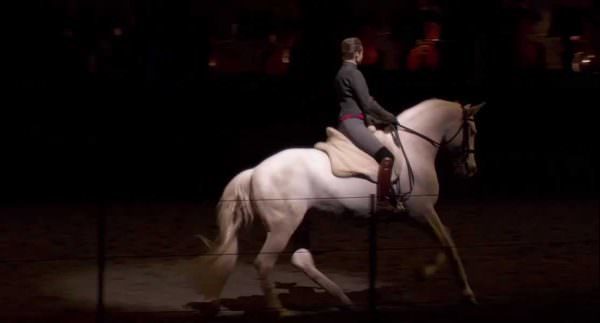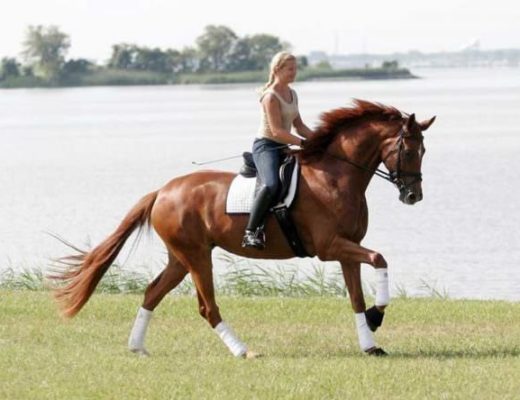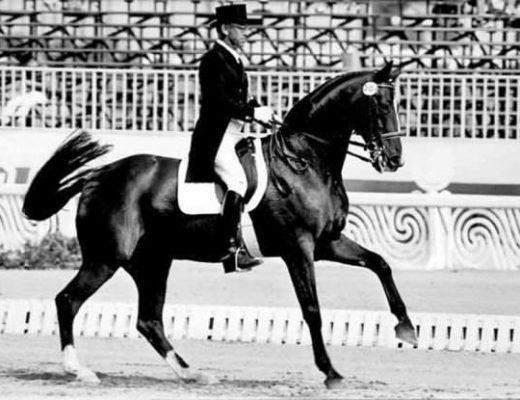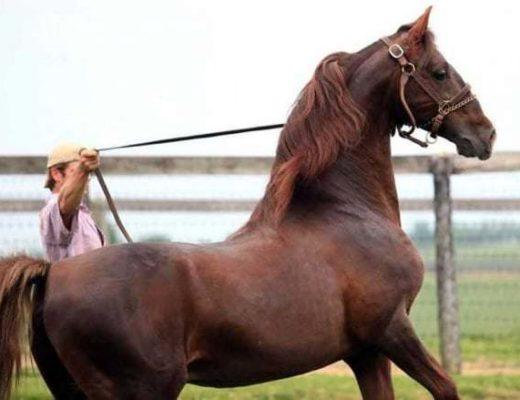It's never a bad time to watch equestrians outside the mainstream for inspiration. What do you love, what do you hate?
Bartabas horses danced on the world's greatest operatic stage, the famous Felsenreitschule in Salzburg. As part of the Mozart week he staged a cantata by Mozart, “Davide Penitente” K 469. This is a rarely performed piece but whose music is known since Mozart reused the “Kyrie” and ” Gloria “from his Mass in C-minor to illustrate a text Saverio Mattei. Bartabas evolved horse equestrian Versailles Academy front of the musicians and singers that are placed on three floors of galleries built against the rock that forms the backdrop of the ride. Marc Minkowski directs his Musiciens du Louvre Grenoble and the “Bachchor” Salzburg from his desk in front of the stage. Christiane Karg are soloists (soprano), Marianne Crebassa (mezzo-soprano) and Stanislas Barbeyrac (tenor).
The Felsenreitschule (Felsenreitschule) was built in 1693 by Fischer von Erlach for driving the cavalry of the Archbishop of Salzburg. His ninety-six arches carved into the rock of the mountain. Built in 1693 by Johann Bernhard Fischer von Erlach, it was transformed into a theater in 1960 and inaugurated the same year by Herbert von Karajan.
Bartabas et Marc Minkowski au Manège des rochers à Salzbourg – Davide Penitente de Mozart, arte.tv








Well you did ask! As an amateur (but committed and studious) rider and singer, this was great for me!
The music was great, I wouldn’t be disappointed if I bought a CD of it, and I loved the choreography.
I didn’t love the lighting, as I couldn’t really tell what colour most of the horses were – I think the “chorus” horses were dun, but it wasn’t clear.
I don’t know enough about “belt reins” to know if there is anything to say against them, that’s just my ignorance. Logically, I would think that they would act much like side reins when lunging, as long as the rider is balanced, so I don’t feel strongly against them, but I’ve never encountered them as I’ve never done any circus/show riding (which is the only time I’ve seen them used). I did wonder, however, whether the reins were connected to the riders waists at all times, or just for the movements where they rode without their hands on the reins. Again, the lighting made this impossible for me to see.
I would guess that some people might claim that the horses were sometimes overbent, but as so much of the display was in extremely collected paces I didn’t feel it was a problem. The musculature of the horses looked as if they were ridden correctly and consistently.
I liked the fact that the riders appeared to be fairly gender neutral – eg, one of the chorus riders was a man, but he was still wearing a skirt/culottes like al the others. (He’s easy to spot at times, as his arms are much more muscular than the female chorus riders!).
I don’t know the music, or what it’s about, but it was very clear that the choreography matched what they were singing about, and both of the female soloists were represented by female riders, and the tenor by a man. So, we had two riders for the duets, and three for the trio.
Just got to persuade the opera company I sing with, and the equestrian centre I ride at that this is truly the way forward!!
If anyone else has views on this, I would love to hear them, as it’s not a style of riding that I’m familiar with/educated about.
I thought it was a nice picture!!
Thanks for sharing. (I’ve been aware of this video for a while, but only got around to watching it when you reposted it.)
Mark
The show in Paris of Bartabas are really great !
Always a lovely performance!
Kind regards
Liesbeth